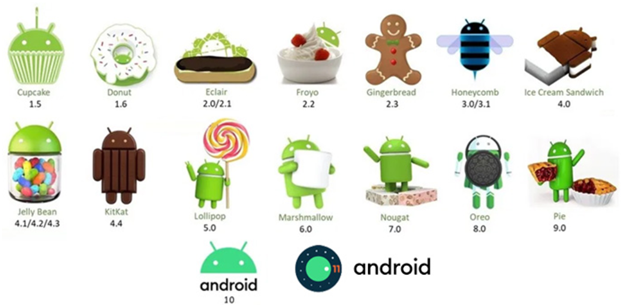
The development of Android was led by a consortium that was made of developers. This consortium was referred to as Open Handset Alliance. Google was the commercial sponsor of this project during the development stage. To the world, Android was introduced in 2007. However, it was only in 2008, when the first Android device was introduced. In 2008, the first commercial version of Android was released in form of Android 1.0. It was the initial version of Android and filled with multiple bugs owing to the initial version. Android 1.0 was pretty basic, with basic utilities provided by Google suite. This included Maps, Gmail, Youtube, and Calendar. All these utilizes were part of the Android OS. In other words, one needs to update the complete OS, if one of the apps needed to be updated. This is unlike today, where one needs to update only the apps in case a new update has been released.
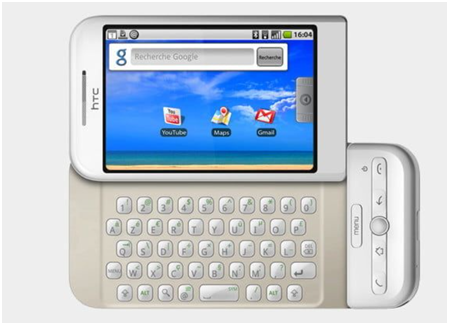
In 2009, Android 1.5 Cupcake was released. This was the version, with which the typical Android naming started, which is usually a food type. With this version, the on-screen keyboard was introduced, a move over the physical keyboard. With this version, integration of third-party widgets was enabled. It paved the way for the much-touted Play Store, which has become an indispensable feature of the Android OS today. Cupcake also introduced video recording for the first time on Android phones. In the same year, Android 1.6 was released named Donut. Donut allowed the device to be operated in different types of screen sizes as well as resolutions. Donut also included the support for CDMA. This was a huge improvement, especially for users of Verizon who relied on the CDMA network for connectivity.

Android 2.0 Éclair was also released in the same year with some minor improvements and updates from 2.0. A distinguishing feature that was introduced in this version was the voice-enabled navigation system. It also introduced live wallpapers and speech to text function. These features were never heard of in those times.
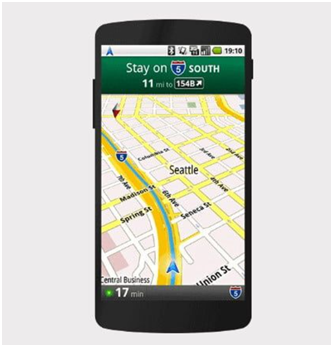
The next one in the line was Android 2.2 Froyo, which introduced basic voice commands. Android also improved is superior web experience by integrating flash in their browser. This was a move ahead from Apple. After this came Android 2.3 Gingerbread which gave the visual identity to the Android OS. The UI became colorful and visually effective. The next one was Android 3.0 Honeycomb that included the support for tablets. This was later updated to 3.2.
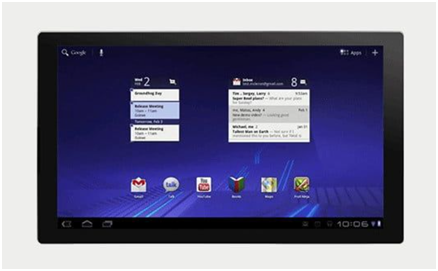
A notable revision came with Android 4.0 Ice Cream Sandwich in 2011. This refined the visual design of the UI completely, developing a unique and unified interface. In the subsequent version of Jellybean and Kitkat (2013), multiple features were introduced. This included Google Now, Enhanced notifications, and transparent backgrounds.

In 2014, Android Lollipop 5.0 was released, which introduced a card-based UI pattern.
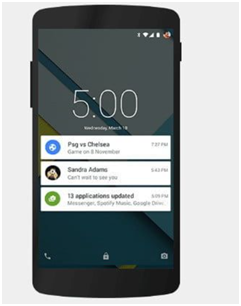
This was followed by Marshmallow in 2015 and Nougat in 2016. Nougat brought in Split Screen mode, and Data Sever mode. In 2017, Android 8.0 Oreo came that introduced apps which can be used on Chromebooks, paving for Android apps on Chrome-based laptops. This was followed by Android 9 Pie, which significantly introduced a button navigation system. In the subsequent years in 2019 and 2020, Android 10 and Android 11 was introduced, loaded with multiple improvements.
|
|